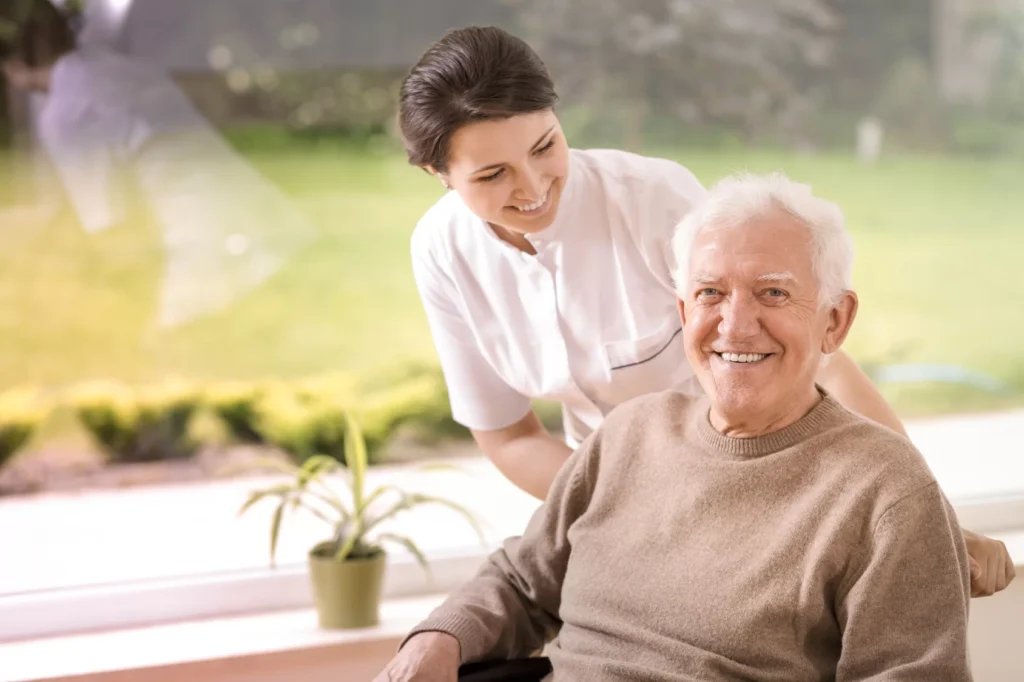senior care
Comprehensive Senior Care Services in Houston: A Guide to Choosing the Best Care for Your Loved Ones
As the population ages, the need for high-quality senior care services in Houston continues to grow. Families are often tasked with finding reliable, compassionate care providers to ensure their elderly loved ones receive the support and attention they need. Whether it’s assistance with daily activities, medical care, or companionship, choosing the right senior care service…
Read More
